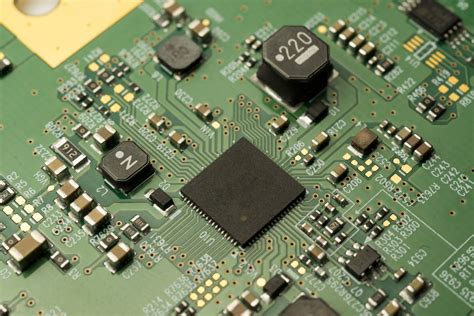
ALL ABOUT FLEX PCB
-
 Read more: PCB assembly factories for you, based in Shijiazhuang and Shenzhen.
Read more: PCB assembly factories for you, based in Shijiazhuang and Shenzhen.Introduction to PCB assembly PCB assembly refers to the process of attaching electronic components to a printed circuit board (PCB) to create a functional electronic device or product. The PCB serves as the foundation, providing the electrical connections between components. PCB assembly involves several key steps: Solder Paste Application Component […]
-
PCB Forum-Ultimate Guide About Viewing Forums
Posted by
–
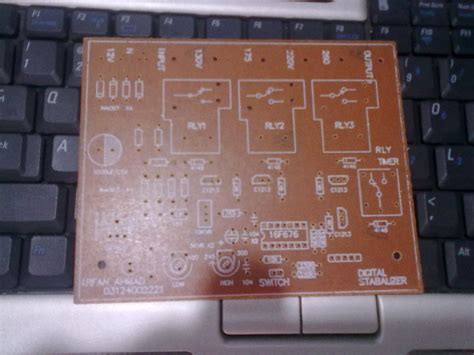 Read more: PCB Forum-Ultimate Guide About Viewing Forums
Read more: PCB Forum-Ultimate Guide About Viewing ForumsIntroduction to PCB Forums A printed circuit board (PCB) forum is an online discussion board where electronics enthusiasts, engineers, designers, manufacturers, and hobbyists can ask questions, share knowledge, showcase projects, and discuss anything related to PCB design, fabrication, assembly, and troubleshooting. These forums serve as a valuable resource for anyone […]
-
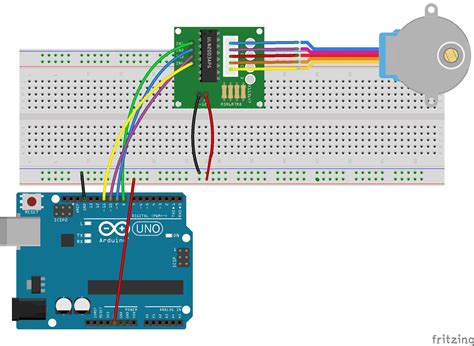 Read more: 28BYJ-48: How To Use This Stepper Motor With Arduino
Read more: 28BYJ-48: How To Use This Stepper Motor With ArduinoIntroduction to the 28BYJ-48 Stepper Motor The 28BYJ-48 is a Unipolar Stepper motor that operates on 5V DC and provides a step angle of 5.625 degrees per step. It comes with a built-in reduction gearbox that increases the torque and reduces the step angle, resulting in smoother and more precise […]
-
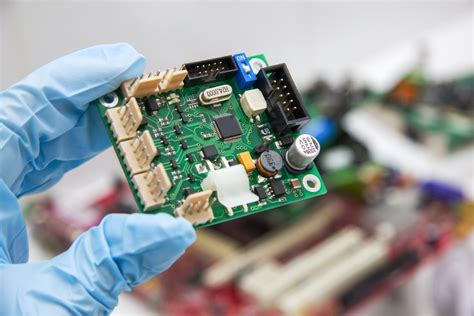 Read more: THT vs. SMD – Which Is the Better PCB Assembly Process?
Read more: THT vs. SMD – Which Is the Better PCB Assembly Process?What is Through-Hole Technology (THT)? Through-Hole Technology (THT) is a PCB assembly process where component leads are inserted into drilled holes on the PCB and soldered onto the opposite side of the board. This method has been used for decades and is still popular for certain applications. Advantages of THT […]
-
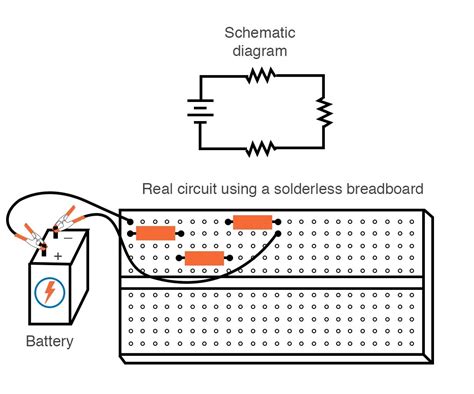 Read more: 11 Important Techniques for Building a Circuit Board
Read more: 11 Important Techniques for Building a Circuit BoardPlanning and Design Techniques Create a Detailed Schematic Before you start building your circuit board, it’s crucial to create a detailed schematic. This schematic should include all the components, their values, and how they connect. Use software like KiCad, Eagle, or Altium Designer to create your schematic. Choose the Right […]
-
PCB Prototype Service – The Best Service Here
Posted by
–
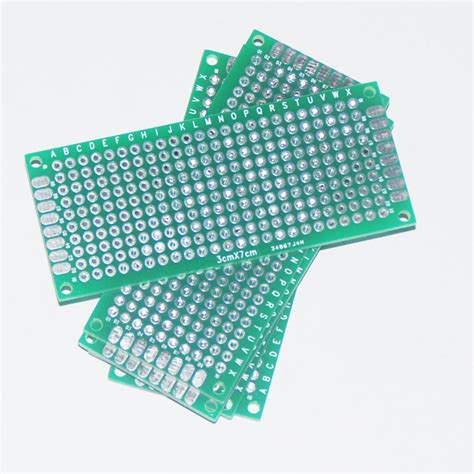 Read more: PCB Prototype Service – The Best Service Here
Read more: PCB Prototype Service – The Best Service HereWhat is PCB Prototyping? PCB prototyping is the process of creating a physical printed circuit board (PCB) based on a design, for the purpose of testing and validation before mass production. A PCB Prototype allows designers and engineers to verify that their circuit design works as intended in the real […]
-
Electronic Prototype Boards
Posted by
–
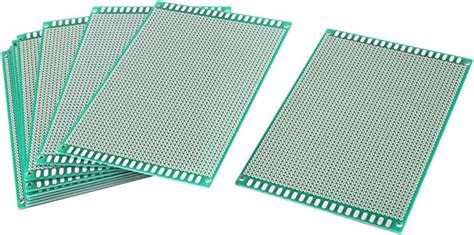 Read more: Electronic Prototype Boards
Read more: Electronic Prototype BoardsWhat are Prototype Boards? Prototype boards, also known as breadboards or development boards, are essential tools for electronics enthusiasts, engineers, and hobbyists. These boards provide a platform for quickly and easily creating electronic circuits without the need for soldering. Prototype boards allow users to experiment with different components and designs, […]
-
HC-sr505: A Complete Guide
Posted by
–
 Read more: HC-sr505: A Complete Guide
Read more: HC-sr505: A Complete GuideWhat is the HC-sr505 Motion Sensor? The HC-sr505 is a passive infrared (PIR) motion sensor that detects the presence of moving objects, particularly humans and animals, within its detection range. It is a compact and low-power module that offers reliable motion sensing capabilities at an affordable price point. Key Features […]
-
3D Printed Circuit Board: A PCB Built Using a 3D Printer’s Additive Manufacturing Process
Posted by
–
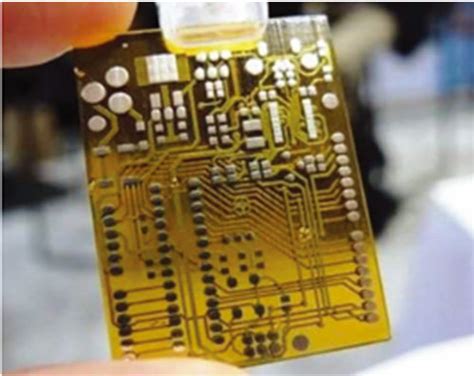 Read more: 3D Printed Circuit Board: A PCB Built Using a 3D Printer’s Additive Manufacturing Process
Read more: 3D Printed Circuit Board: A PCB Built Using a 3D Printer’s Additive Manufacturing ProcessWhat is a 3D-Printed PCB? A 3D-printed PCB, also known as a 3D-printed circuit board or a 3D-printed electronic circuit, is a functional printed circuit board created using additive manufacturing techniques. Unlike traditional PCB manufacturing methods that involve subtractive processes like etching and drilling, 3D printing allows for the direct […]
-
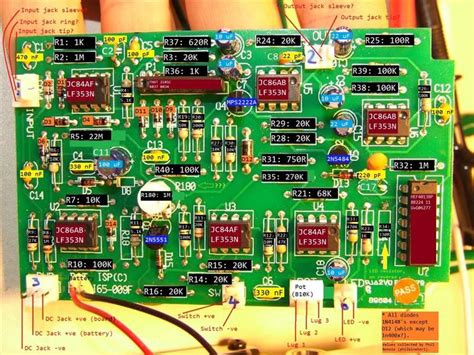 Read more: 8 Technical Tips for Designing Performance-Driven Rogers PCB
Read more: 8 Technical Tips for Designing Performance-Driven Rogers PCBIntroduction to Rogers PCB and its Performance Benefits Rogers PCB, named after the Rogers Corporation, is a specialized type of printed circuit board known for its exceptional performance characteristics. Unlike traditional FR-4 PCBs, Rogers PCBs utilize advanced dielectric materials that offer superior electrical properties, making them ideal for high-frequency and […]




